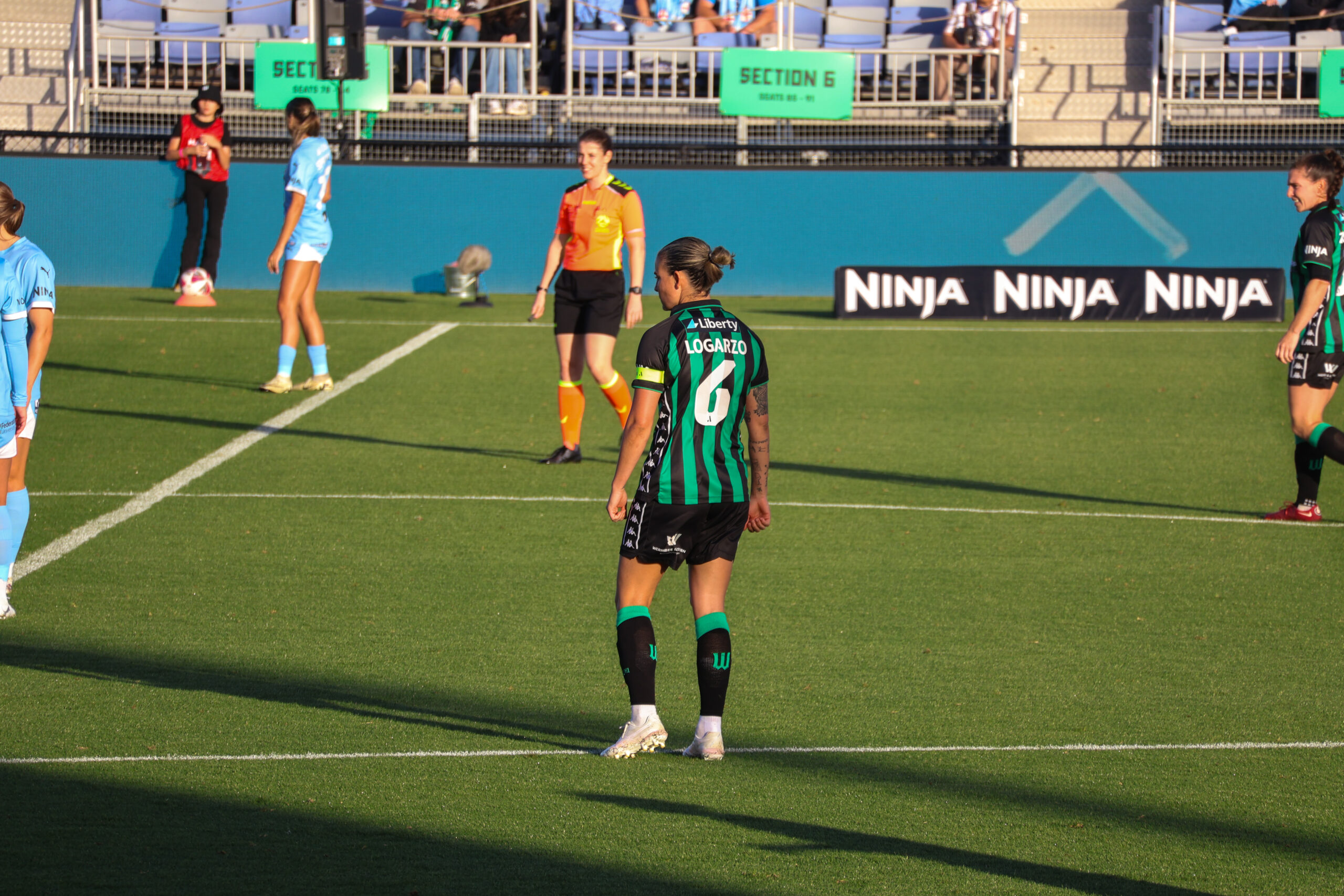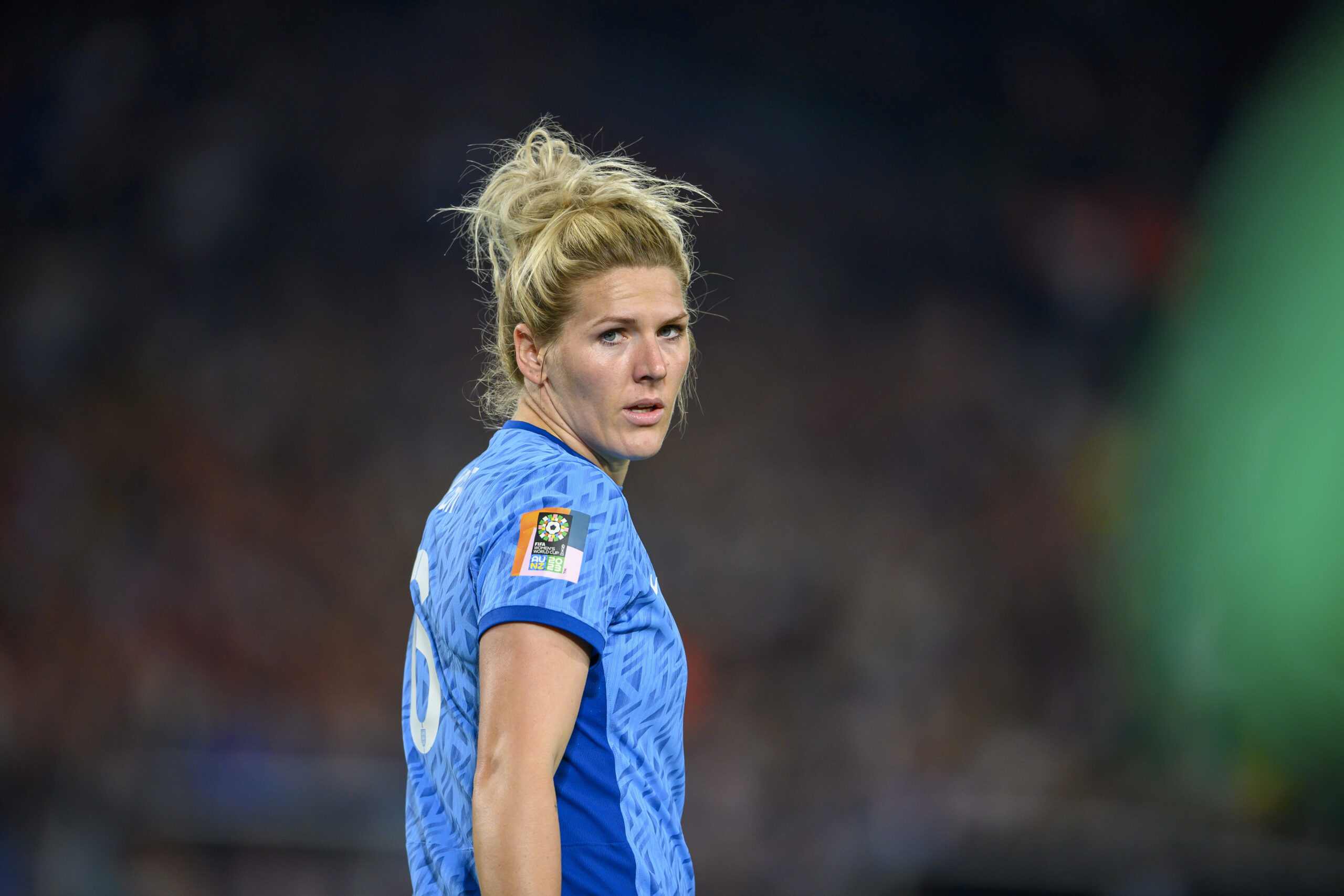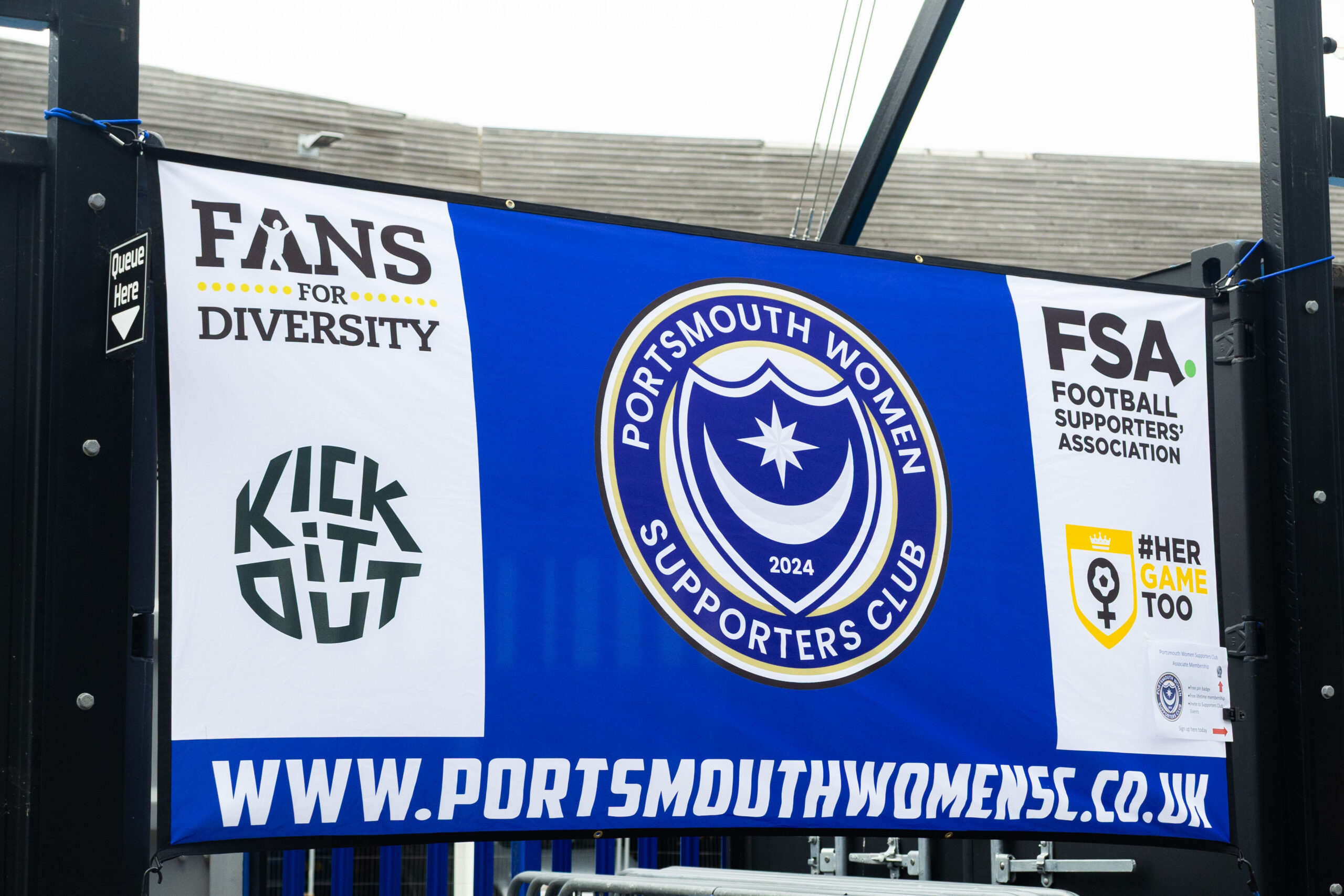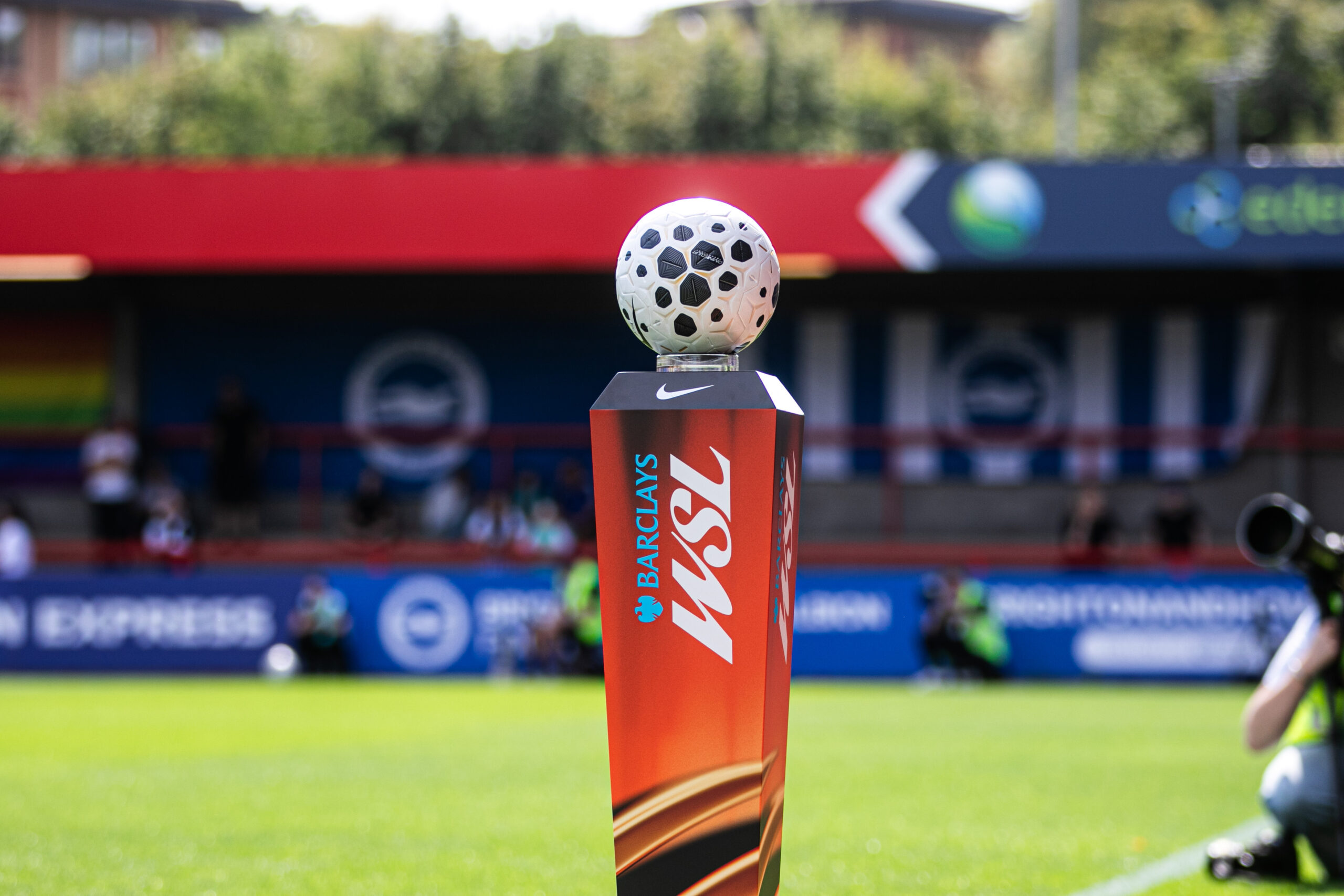How many ALW players would you expect to be on semi-pro contracts despite playing in the top tier of Australian football? Not many would you, however unfortunately there is a large number of ALW players who sustain two completely different lives. Working two jobs to financially support themselves whilst simultaneously growing the women’s game in Australia and playing a sport they are extremely passionate and driven for.
The taxing lifestyle of this sport and circumstances mean that these women are training in the AM and then working 9-5pm, Monday to Friday. Like clockwork. Why, though? Why are so many ALW players on semi-pro contracts despite playing in the top tier of Australian football? This is a fundamental question that the league has been struggling with since the beginning.
In the 2024/2025 PFA seasonally report it was found that more than three in five (64%) players had careers outside of the football season. This statistic demonstrates to us that for women to sustain a foreseeable future career outside of football they must be working and playing, indicating a massive internal tug-of-war preventing them from sometimes fulfilling their potential.
Tash Rigby, defender for Perth Glory said regarding the semi-professional nature of the league:
“An unsustainable life balance; born out of necessity, not choice.”
This quote from Rigby demonstrates how driven these players are to do anything to play the sport they love. Including scarifying her mental health, sleep and recovery time and time spent with loved ones. “Security is key.” Is one strong belief of Rigby which ultimately had a massive input on her decision to retire in May 2024. Another player who had juggled a full-time job for many years is Sydney FC Captain Nat Tobin. Tobin still continues to pursue a full-time job and her footballing career as a significant number of players who have played in the top tier of Australian football for many years struggle with financial instability.
Currently a resurfacing issue that the ALW is facing is losing players early due to unsustainable career dynamics. For instance, Brisbane Roar striker super-star Lani Freier announced at the end of August, 2025 that she would be moving on from football to pursue a career outside of the game. A statement from Freier to the fans expresses her deepest gratitude for everyone who supported her along the way. Despite not knowing if the reason behind her departure was due to the low-pay that these ALW players receive, we can still see the desperate need and change for players to be paid a liveable wage.
Ultimately the real question is why are a large significant number of ALW players still only on semi-professional or part-time contracts compared to their counter-partner leagues like the NWSL.
https://pfa.net.au/wp-content/uploads/2024/10/PFA-ALW-Report-232448.pdf



